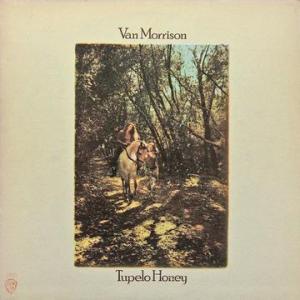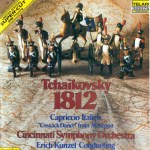 More of the Music of Joni Mitchell
More of the Music of Joni Mitchell
Reviews and Commentaries for Court and Spark
Below we discuss some record theories that seem to be making the rounds these days.
The discussion started with a stunning White Hot Stamper 2-pack that had just gone up on the site..
I implored the eventual purchaser to note that side two of record one has Joni sounding thin, hard and veiled. If you look at the stampers you can see it’s obviously cut by the same guy (no names please!), and we’re pretty sure both sides were stamped out at the same time of the day since it’s impossible to do it any other way.
What accounts for the amazing sound of one side and the mediocre sound of its reverse?
If your theory cannot account for these huge differences in sound, your theory is fundamentally flawed.
Can anything be more ridiculous than the ad hoc, evidence-free theories of some audiophile record collectors desperately searching for a reason to explain why records — even the two sides of the same record — sound so different from one another?
The old adage “the proof of the pudding is in the eating” couldn’t be more apt. If you want to know if a pudding tastes good, a list of its ingredients, the temperature it was cooked at, and the name of the person stirring it on the stove is surely of limited value. To know the taste one need only take a bite.
If you want to know the sound of a record, playing it is the best way to find out, preferably against other pressings, under carefully controlled conditions, on good equipment, while listening critically and taking notes.
The alternative is to… Scratch that. There is no alternative. Nothing else will ever work. In the world of records there are no explanatory theories of any value, just as there are no record gurus with all the answers. There are only methods that will help you find the best pressings, and other methods that will not.
The good news is that these methods are explained in detail on this very site, free of charge.
We’ve made it clear to everyone how to go about finding better sounding LPs. Once you see the positive results our methods produce, we suspect you will no longer be wasting time theorizing about records.
You will have learned something about them, at least about some of them, and that hard-won knowledge is the only kind that counts for much in the world of records.
Scientific Thinking – A Short Primer
Some approaches to this audio hobby tend to produce better results than others. When your thinking about audio and records does not comport with reality, you are much less likely to achieve the improvements you seek.
Without a good stereo, it is hard to find better records. Without better records, it is hard to improve your stereo.
You need both, and thinking about them the right way, using the results of carefully run experiments — not feelings, opinions, theories, received wisdom or dogma — is surely the best way to acquire better sound.
(more…)


 More of the Music of Willie Nelson
More of the Music of Willie Nelson





